Will a ‘flat roof’ vent properly and will condensation be a problem without outboard rigid?
I’m having a debate with the contractor and roofer over a roof assembly with a height limit and would appreciate input.
The assembly from inside to out is gyp, vapor barrier, 9 1/2″ TJI with blown-in cellulose and 2″ of rigid held under the top member, 5/8″ sheathing, TPO. With a 1 3/8″ top member, this provides us with a 1 3/8″ air channel. We can even increase this to 1 7/8″ by setting rigid off with 1/2″ strips along the top members.
Neither the contractor or roofer think this will vent properly and think condensation will be a problem. The roofer wants a minimum of 1/2″ rigid on-top of the sheathing and is more comfortable with 1″ to allow for staggering joints with (2) 1/2″ layers. We see this as a waste as the air above and below the sheathing is outdoor air.
Then there is the debate whether or not the roof should be designed as a vented or unvented roof.
The trick here is that the roof assembly has to both cost effective and within a maximum thickness due to height constraints for an ADU.
Thanks for your comments!
GBA Detail Library
A collection of one thousand construction details organized by climate and house part
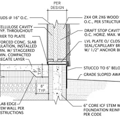
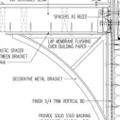


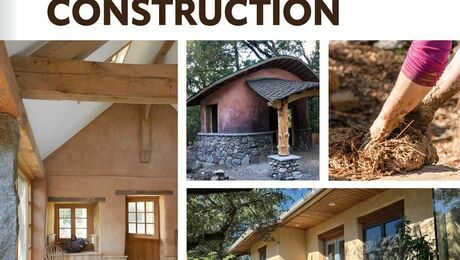
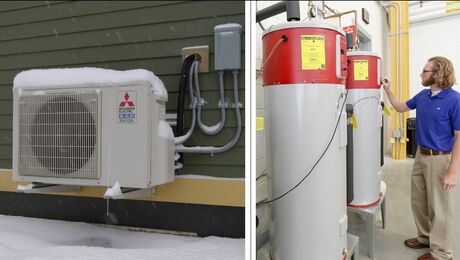


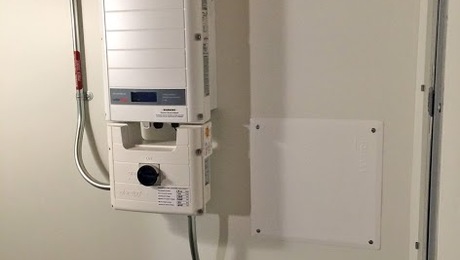
Replies
This article should be helpful: https://www.greenbuildingadvisor.com/blogs/dept/musings/insulating-low-slope-residential-roofs
You wrote, "Neither the contractor nor roofer think this will vent properly and think condensation will be a problem."
Your contractor and roofer are right. This is a bad assembly.
You have two choices:
(1) You can create a vented assembly, which will require a vented air space above the top of the insulation that is at least 6 inches high. The roof assembly will also need to meet the other criteria outlined in this article: Insulating Low-Slope Residential Roofs.
(2) You can create an unvented assembly, which will require a thick layer of rigid foam above the roof sheathing. (Exactly how thick depends on your climate zone.) Again, all the information you need can be found in Insulating Low-Slope Residential Roofs.
-- Martin Holladay